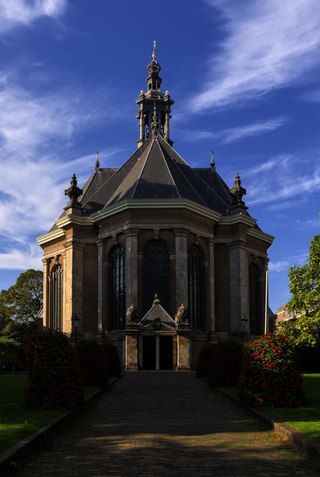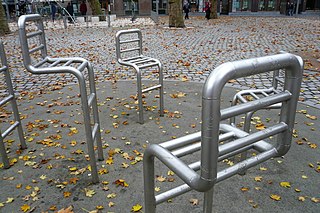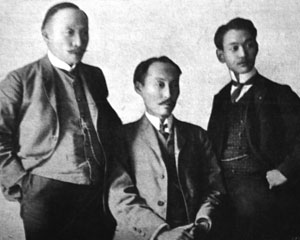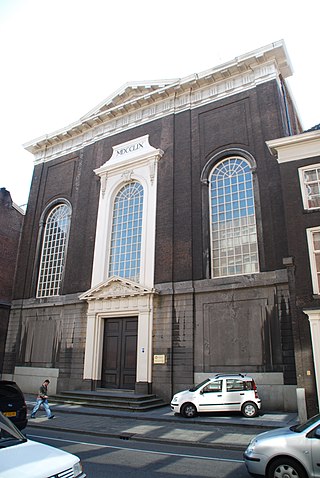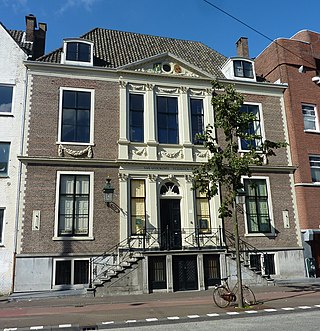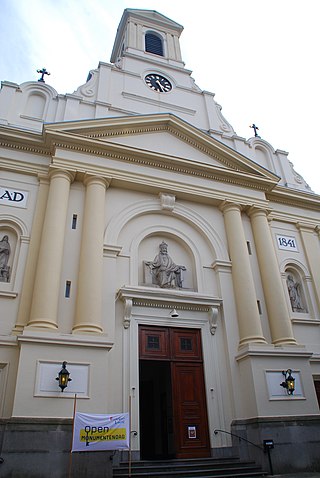Self-guided Sightseeing Tour #2 in The Hague, Netherlands
Legend
Guided Free Walking Tours
Book free guided walking tours in The Hague.
Guided Sightseeing Tours
Book guided sightseeing tours and activities in The Hague.
Tour Facts
1.4 km
8 m
Experience The Hague in Netherlands in a whole new way with our free self-guided sightseeing tour. This site not only offers you practical information and insider tips, but also a rich variety of activities and sights you shouldn't miss. Whether you love art and culture, want to explore historical sites or simply want to experience the vibrant atmosphere of a lively city - you'll find everything you need for your personal adventure here.
Activities in The HagueIndividual Sights in The HagueSight 1: Nieuwe Kerk
Get Ticket*The Nieuwe Kerk is a Dutch Baroque Protestant church in The Hague, located across from the modern city hall on the Spui. It was built in 1649 after the Great Church had become too small. Construction was completed in 1656.
Sight 2: Joods Kindermonument
The Jewish Children's Monument in The Hague is a monument on Rabbijn Maarsenplein in memory of the Jewish children in The Hague who died in the Second World War.
Sight 3: Yi Jun Peace Museum
Yi Tjoune, was a Korean prosecutor and diplomat and the father of the North Korean politician Lee Yong.
Sight 4: Evangelisch Lutherse Gemeente
The Evangelical Lutheran Church in The Hague is located on the Lutheran Burgwal.
Sight 5: Design Museum Dedel
Design Museum Dedel is a museum located in The Hague.
Sight 6: H. Teresia van Avila
The Teresa of Avila Church, also known as the Church of Saint Teresa of Avila, is a Roman Catholic church from 1841 that is located in the Spaansche Hof on the Westeinde in The Hague. The church is a national monument and is in the 'Top 100 of the National Service for the Preservation of Monuments' from 1990. The church is dedicated to Saint Teresa of Ávila.
Share
How likely are you to recommend us?
Disclaimer Please be aware of your surroundings and do not enter private property. We are not liable for any damages that occur during the tours.
GPX-Download For navigation apps and GPS devices you can download the tour as a GPX file.
